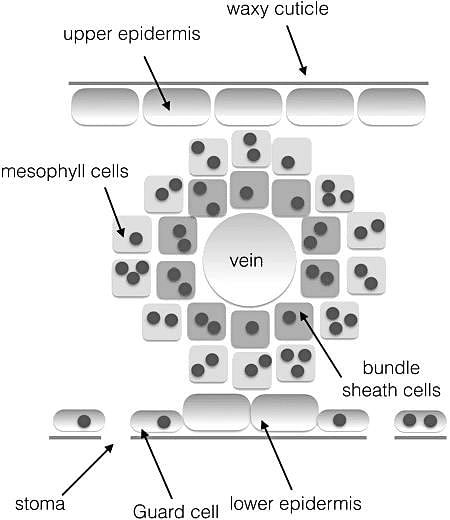Test: Plant Physiology: Photosynthetic Apparatus - NEET MCQ
30 Questions MCQ Test Topic-wise MCQ Tests for NEET - Test: Plant Physiology: Photosynthetic Apparatus
The process of photo-phosphorylation take place in
| 1 Crore+ students have signed up on EduRev. Have you? Download the App |
Photophosphorylation means synthesis of
Which one of the following pigment does not occur in the chloroplast?
Start of manufacture of chlorophyll in a plant seedling is stimulated by
ATP formation during photosynthesis is termed :–
The main site for dark reaction of photosynthesis is
What will be left if chlorophyll is burnt?
Rate of photochemical reactions depend upon ____
Solar energy is converted into ATP in
Which of the following is an example of a C4 plant?
Conditions necessary for photosynthesis are :–
Photosynthesis is maximum during :–
Which of the following is NOT present in chlorophyll?
Which colour of light gives maximum absorption peak by chlorophyll 'a' ?
The two pigment system theory of photosynthesis was proposed by
Presence of carotenes in chloroplast helps in
Ribulose bisphosphate carboxylase oxygenase (Rubisco) is located in
Which of the following photosynthetic bacteria have both PS–I & PS–II ?
The site of oxygen evolution and photosynthetic phosphorylation in chloroplast is :–
The water-soluble photosynthetic pigment is
The number of pigment molecules in quantasome is :
The main difference between chlorophyll 'a' and 'b' is :
For chlorophyll formation in plants elements needed are
Which one is the precursor of chlorophyll?
The role of chlorophyll in photosynthesis is
|
9 docs|1272 tests
|


















